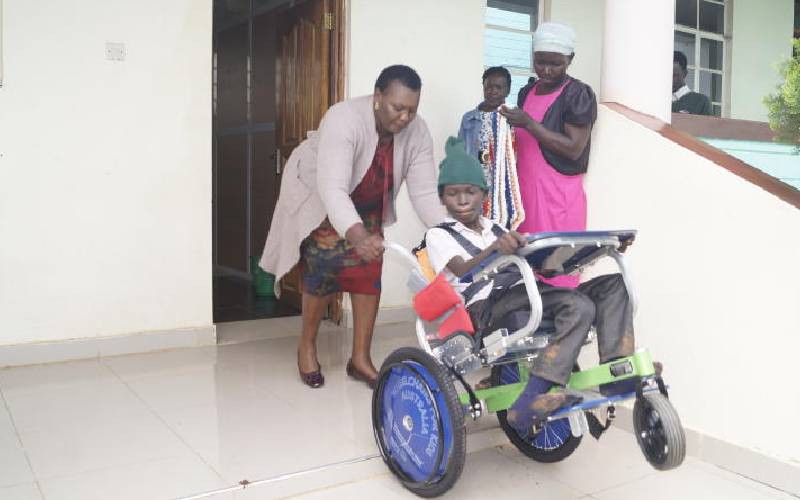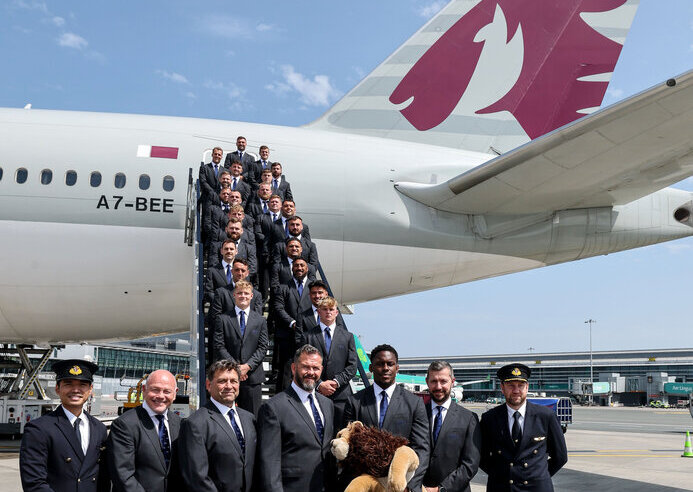Southwest Airlines Flight Diverted for Urgent Emergency Landing in Jacksonville After Severe Turbulence and Passenger Injury from Weather Disruptions While Approaching Florida - Travel And Tour World
Sunday, June 22, 2025

On June 14, 2025, Southwest Airlines Flight WN3508, traveling from Dallas Love Field (DAL) to Panama City, Florida, was diverted to Jacksonville International Airport (JAX) after severe turbulence caused a passenger injury. The Boeing 737-700, initially scheduled to land at Northwest Florida Beaches International Airport (ECP), encountered a violent weather disturbance during its descent, leading to the unplanned diversion.
The flight, which departed Dallas Love Field at 10:05 AM, was progressing smoothly at 39,000 feet until the aircraft began its descent toward Panama City. At this point, extreme weather conditions produced intense turbulence that resulted in a serious injury to one passenger. This incident is a stark reminder of the unpredictable dangers turbulence poses during flight, particularly when approaching a destination.
As the aircraft descended through 2,800 feet, it entered a holding pattern near Panama City for about 10 minutes while the crew evaluated the conditions. The turbulence, coupled with unstable weather, made it unsafe to proceed with the approach to ECP. Consequently, the crew decided to reroute the flight to Jacksonville, where it landed safely. The flight duration was extended to roughly 2 hours and 40 minutes, about 40 minutes longer than initially scheduled.
This incident highlights the mounting challenges severe weather and turbulence pose to the aviation industry. As global climate conditions shift, storms and unstable air masses are becoming more frequent, increasing the likelihood of turbulence. While the aviation industry has made significant strides in predicting and managing turbulence through technology, it remains an unpredictable and hazardous phenomenon that can significantly impact both operations and passenger safety.
Modern aircraft, such as the Boeing 737-700 used in this incident, are equipped with advanced systems like windshear alerts and real-time weather data, which help pilots navigate through turbulent conditions. However, despite these advancements, turbulence remains one of the most difficult elements to predict, and no technology can guarantee complete avoidance. In this case, even with sophisticated forecasting tools, the turbulence encountered could not have been anticipated with enough precision to avoid the injury.
The economic impact of flight diversions and delays is considerable. In the case of Southwest Airlines, the diversion of WN3508 to Jacksonville resulted in additional operational costs. These include rebooking passengers, managing delays, and rerouting the aircraft to its next destination. Such diversions can also lead to cascading delays that affect not only the diverted flight but also subsequent flights throughout the network.
The increased flight time and diversion meant that the aircraft was delayed in returning to its scheduled routes, potentially disrupting other planned flights and impacting the airline’s ability to maintain on-time operations. The financial costs of such disruptions include increased fuel consumption, delays in crew schedules, and re-accommodation of passengers, all of which add up to substantial unplanned expenses for the airline.
This incident highlights the critical role of safety measures, especially the necessity for passengers to remain buckled up while seated, even when the seatbelt sign is off. Experts in aviation safety regularly emphasize that most injuries from turbulence occur when individuals are not securely fastened. Although modern aircraft are built to endure significant pressure and challenging conditions, unexpected vertical movements from turbulence can lead to severe injuries, especially for those not wearing their seatbelts.
For this reason, airlines continue to emphasize the importance of remaining seated with seatbelts fastened when instructed, even during periods of smooth flight. This preventative measure significantly reduces the risk of injury. Furthermore, flight attendants are trained to remind passengers of the importance of this safety procedure and to ensure that all passengers are aware of the potential risks during turbulent conditions.
As weather patterns continue to evolve, regions like the Southeastern United States, including Florida, face an increased frequency of convective storms that lead to turbulence and operational delays. Airlines may need to rethink their flight routing strategies and adjust contingency plans to accommodate these shifting conditions. Enhanced weather forecasting and better communication with passengers will be vital in addressing the growing number of weather-related disruptions.
For pilots, ongoing education in managing challenging weather and turbulence is crucial. Additionally, airlines must prioritize investing in advanced weather monitoring technologies to forecast turbulence and, when feasible, modify flight routes in real-time. By implementing these proactive strategies, the risk of injury can be minimized, and overall flight safety can be enhanced, especially as weather patterns become more erratic and difficult to predict.
With the growing impact of climate change on global weather systems, the aviation sector will need to adapt to more frequent and intense storms. This includes refining both preventive measures for turbulence and ensuring that aircrews are adequately prepared for the evolving weather patterns that affect flight safety.
The rise in turbulence-related incidents emphasizes the shared responsibility between airlines and passengers to prioritize safety. Passengers should remain vigilant and follow safety protocols, while airlines must continue to innovate and enhance their ability to manage unpredictable weather. Together, these efforts will help mitigate the risks of turbulence and improve the safety of air travel for all.










